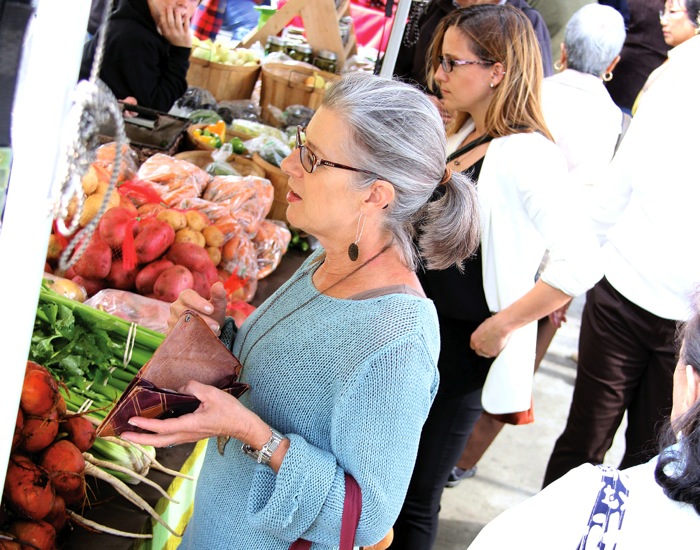As the warm weather winds down, farmers’ markets around the country are looking at yet another record season.
Despite substantial food price increases in recent years, these operations, which typically sell food at a higher price, have generated more than $700 million in revenues this year in Ontario alone, and plans to open more are in the works, with many markets now open year round.
Farmers’ markets in Quebec, B.C., the Prairies and the Maritimes are all seeing significant increases in sales. The future looks bright as their overall economic impact now exceeds $5 billion. Even with high price points, the so-called farmers’ market movement is making some inroads, including on university campuses, where many students have limited financial resources.
Read Also

Guarding against misinformation: Do you believe in house hippos?
Misinformation and disinformation run rampant in today’s digital age. Farmers must be wary of the digital dangers and know how to keep themselves safe.
Such significant growth, however, also brings with it a set of challenges that needs to be addressed, if it is to be sustained.
The issue of food authenticity appears to be powering this growth. Ongoing recalls and the flood of food fraud-related stories seem to be compelling consumers to mitigate their risks when buying food — and who can blame them?
This doesn’t mean that there are fewer risks in buying products at farmers’ markets — but perception is king.
- From the Alberta Farmer Express: Out of step with the people who matter most
Transparency, or the lack thereof, is leveraging a wider climate of corporate distrust. As a result, many major food processors and distributors are frantically trying to appease troubled consumers by offering something new through acquisitions or product development. Price and convenience still have currency in grocery stores, but other decision drivers, such as environmental stewardship and the localization of foods, are emerging as key potential game changers for the food industry. As the network of farmers’ markets becomes increasingly organized and co-ordinated, millions of dollars across the country are spent to successfully attract dissatisfied and/or inquisitive consumers who are looking for something inimitably dissimilar to what they are accustomed to.
It has been argued for many years now that short-circuit distribution models in agriculture greatly reduce the Canadian rural-urban divide. As such, it allows for farmers’ markets to be “naturally” linked to produce, fruits, and a range of fresh farm products that consumers seek out, even if they are normally less affordable.
Such markets tap into the lesser-known world of farming for urbanites. In essence, farmers’ markets are not just about generating economic growth for local economies; they are also, most importantly, about education. Getting consumers in close proximity to primary production increases the collective knowledge of food systems. As such, and hopefully, it may become less feasible for the political establishment and lobby groups to use distorted evidence to influence public opinion, and ultimately, agricultural policies. Beyond economics, farmers’ markets are essentially powerful engines of democracy.
But with success comes a variety of challenges. As the movement grows, the authentic nature of farmers’ markets needs to be preserved. We are already seeing the presence of kiosks selling products that are a questionable fit with the traditional fare of these markets. Both variety and limitations in terms of choices are also affecting the overall quality of offerings.
Obviously, greater regulation is undesirable — instead, improved managerial skills, discipline and leadership from those occupying administrative roles can make a significant difference. Business-minded folks at the helm can safeguard the future of farmers’ markets through innovation and allowing consumers to enjoy the full experience. As with many sectors, growth means greater competition, and the overall value of visiting a market should extend beyond the food itself. Such events as outdoor cooking lessons with reputable chefs for young and old, for example, would make the visit that much more valuable.
Ultimately, consumers are yearning for an agrarian connection they don’t necessarily find anywhere else, and are willing to pay more for it.
This is good news for farmers’ markets.
Enough consumers have arrived at the conclusion that what is offered by traditional food retail stores is no longer enough, or desired. As a result, farmers’ markets are increasingly filling that void.















